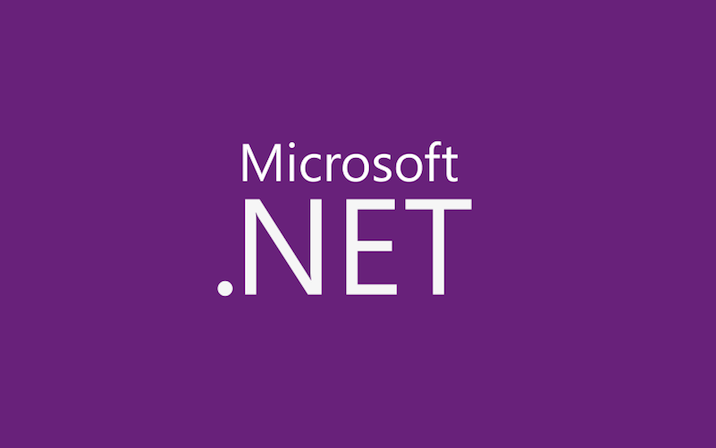


PLINQ’s Ordering Model

Why is TaskContinuationsOptions.ExecuteSynchronously opt-in?

ParallelExtensionsExtras Tour – #16 – Async Tasks for WebClient, SmtpClient, and Ping

ParallelExtensionsExtras Tour – #15 – Specialized Task Waiting

A TPL Sandbox

ParallelExtensionsExtras Tour – #14 – SingleItemPartitioner

ParallelExtensionsExtras Tour – #13 – AsyncCall

Performance of Concurrent Collections in .NET 4


 Light
Light Dark
Dark